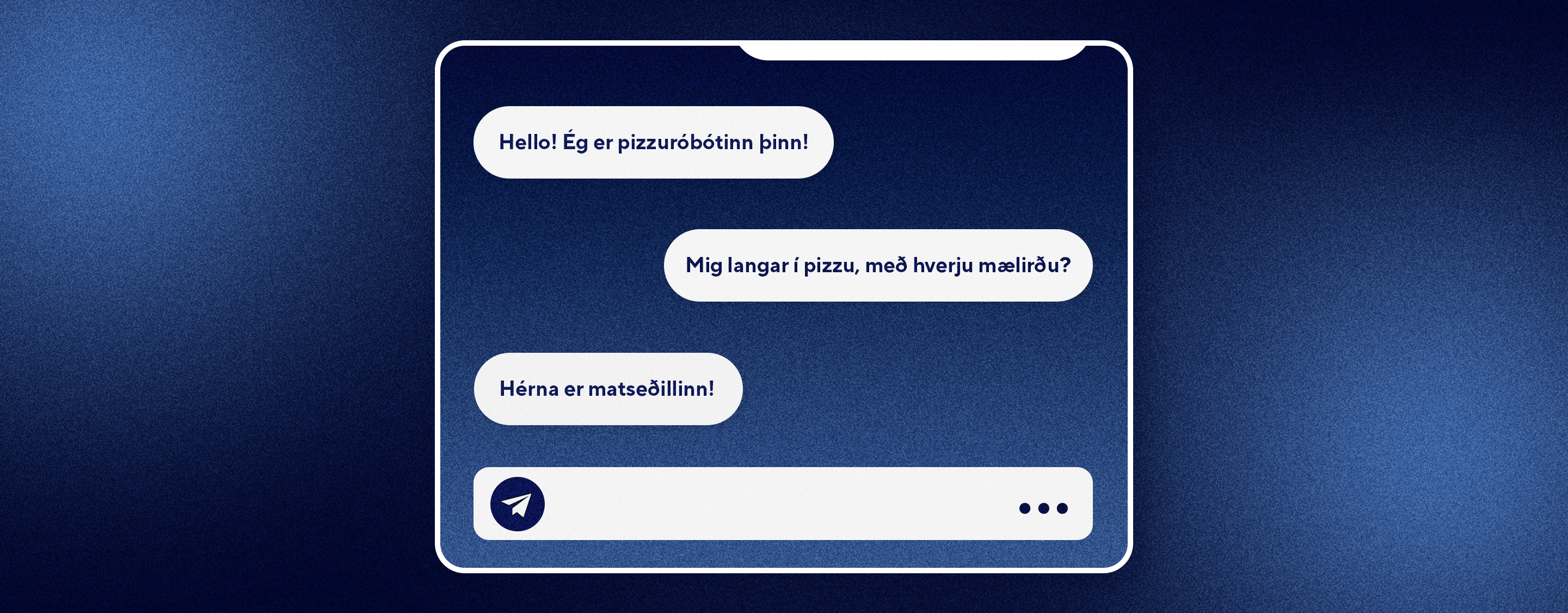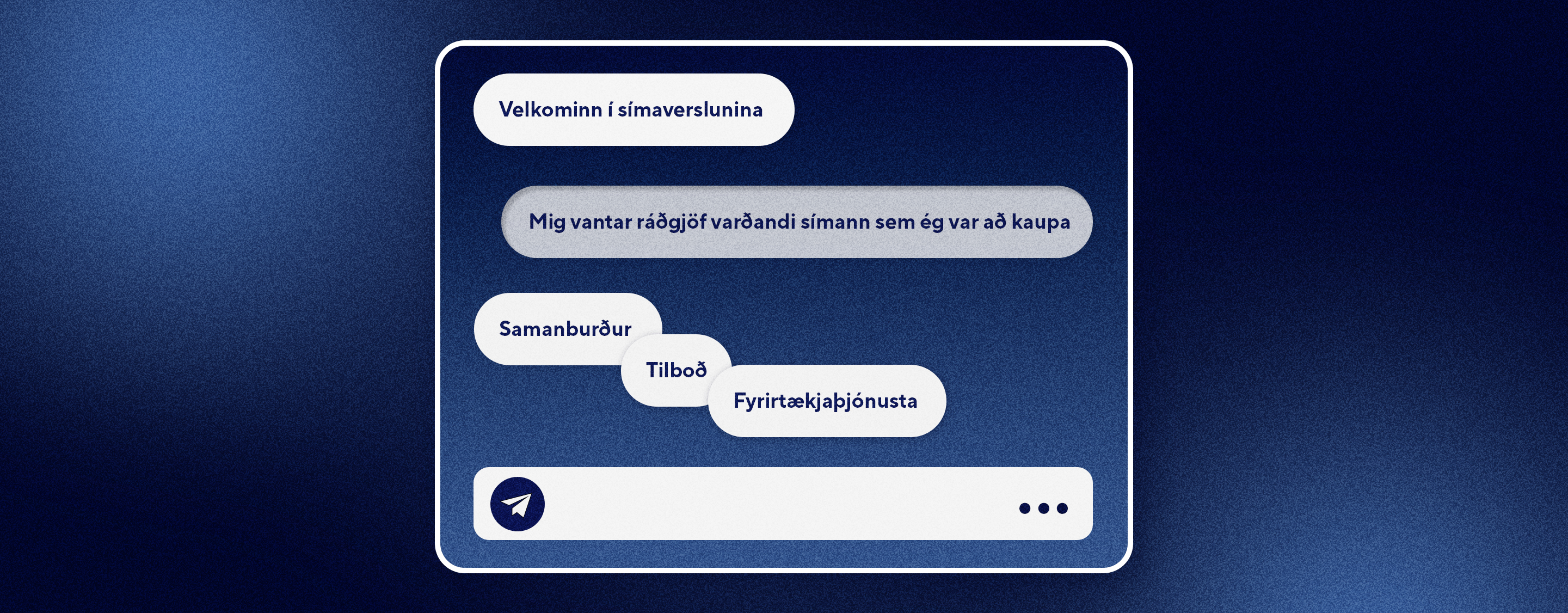Chatbots in wrong jobs

The Dangers of Misusing Chatbots
The user's experience with a brand is reflected in their interactions with it, and this is especially true with chatbots. If a chatbot creates a negative experience, it can have serious consequences for the brand. In fact, 73% of people who have a poor chatbot experience will never interact with it again.
Chatbots should make life easier for both users and brands by improving communication and providing clear information. If a chatbot leaves the user with more questions, uncertainty, and frustration, it has failed in its purpose and can harm the brand's image. Although the user knows there is a difference between the brand and the chatbot, the chatbot is still perceived as a representative of the brand and carries the company logo with each response.
The user associates the brand with the chatbot and unconsciously believes that the brand is characterized by automatic code, rigid responses, and artificial behavior. It's the brand's responsibility to create a positive user experience. These concepts are explored in more detail in our article on Robustness.

Considerations When Creating Chatbots
1. Will the service improve?
Before making any changes to the service, the goal should always be to improve it in some way. By properly utilizing chatbots, it is possible to reduce operating costs while improving service. However, if the addition of a chatbot seems to worsen the service, it's important to question whether it's worth spending money on a service that will harm the user experience.
2. Does the chatbot enhance the brand?
The brand is not just the company's logo; it's also the values, personality, and voice it represents. The chatbot should reflect the brand in its responses, tone, and overall behavior. If the chatbot fails to accurately reflect the brand, it can harm the brand's image instead of enhancing it.
3. What is the user's experience?
Consider how and why the user is using the chat moderators. Is he looking for information about goods and services? Opening hours? Under what circumstances does he start talking to the chatter? Given this information, what kind of experience do you want to give him?
4. How is the chatbot talking?
Finally, it is important to consider how the chatbot talks to the user. 75% of users want the chatbot to claim to be a chatbot rather than pretending to be a human being. And at the same time, attention needs to be paid to the use of words. How should the chatbot greet, say goodbye or provide information? Does your brand use a logo?








